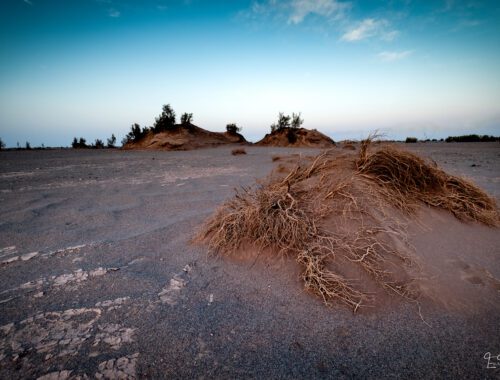
The Art and Magic of Long Exposure in Landscape Photography
There’s an undeniable allure to the technique of long exposure in landscape photography. The span between the click and release of the shutter transports me to a realm of tranquility. A serene window where external distractions have no power, and I find myself immersed, intertwined with nature’s resplendence.

The Unpredictable Charm of Long Exposure Shots
Long exposure shots are inherently unique. You may attempt to recreate them, but time, that elusive and mystic entity, always introduces a new element, an unexpected variation. This enigmatic characteristic of time is accentuated in your photographs, gifting them an almost surreal quality.
In the era of live view digital photography, long exposure photography revives the nostalgic magic of unforeseen outcomes that were once an inseparable aspect of photography. You compose the frame, set the timer, and then patiently await the surprise that develops.
The anticipation, the wonder, the suspense, and the eventual satisfaction mirror the thrill of unwrapping a mystery gift.
Adding the dimension of time to your images introduces the element of movement. This dynamic component adds an extra layer of visual interest, setting your photographs apart. While sharpness is a widely admired trait in landscape photography, it often imparts a static feel. By infusing motion into your images, you prompt a more dynamic viewing experience.
The viewer is presented with a reality that is often invisible to the naked eye. This discrepancy stirs the imagination, engaging the viewer on a deeper level.
The Joy of Bulb Mode: A Passage to Timelessness
Turning the shutter speed dial to Bulb mode always fills me with exhilaration. With the press of the shutter button, I and the camera seem to merge into the scene, dissolving boundaries, sinking into the timeless flow.
For long exposure shots, having a cable release or employing the self-timer function, along with a sturdy tripod, is essential. While what I’ve described so far mostly pertains to daylight photography, long exposure is an indispensable technique in night photography as well. Whether you’re capturing the Milky Way or tracing star trails, long exposure is the only way to seize the night’s majesty. But we’ll save the enchantment of night photography for another discussion.
Frequently Asked Questions
- What is the charm of long exposure in landscape photography?
Long exposure introduces an element of unpredictability and dynamism to your photographs. It captures a reality not visible to the naked eye, engaging the viewer’s imagination. - What are the essential tools for long exposure photography?
A cable release or self-timer function, along with a sturdy tripod, is essential for long exposure shots. - Can long exposure be used in night photography?
Yes, long exposure is a critical technique in night photography, especially when capturing phenomena like the Milky Way or star trails.
Conclusion
Long exposure in landscape photography is not merely a technique; it’s a creative journey that introduces unpredictability, dynamism, and an element of the surreal into your images. By adding time and movement, your photographs become more engaging, offering a viewing experience that stirs the imagination.




